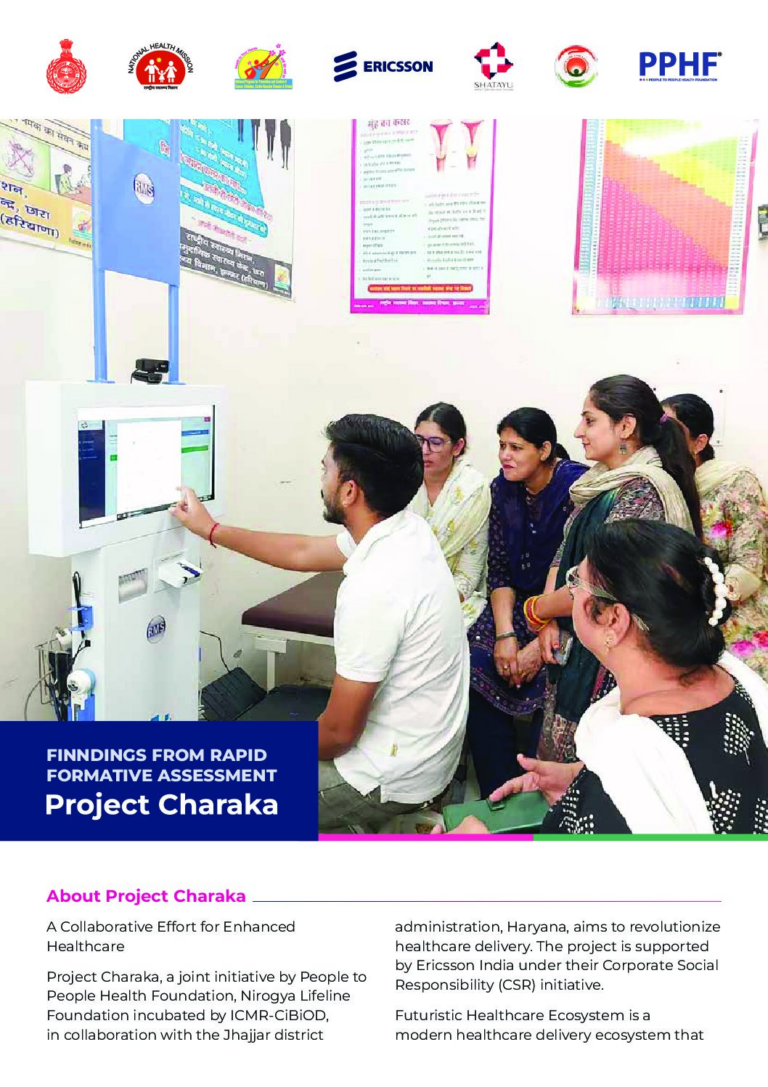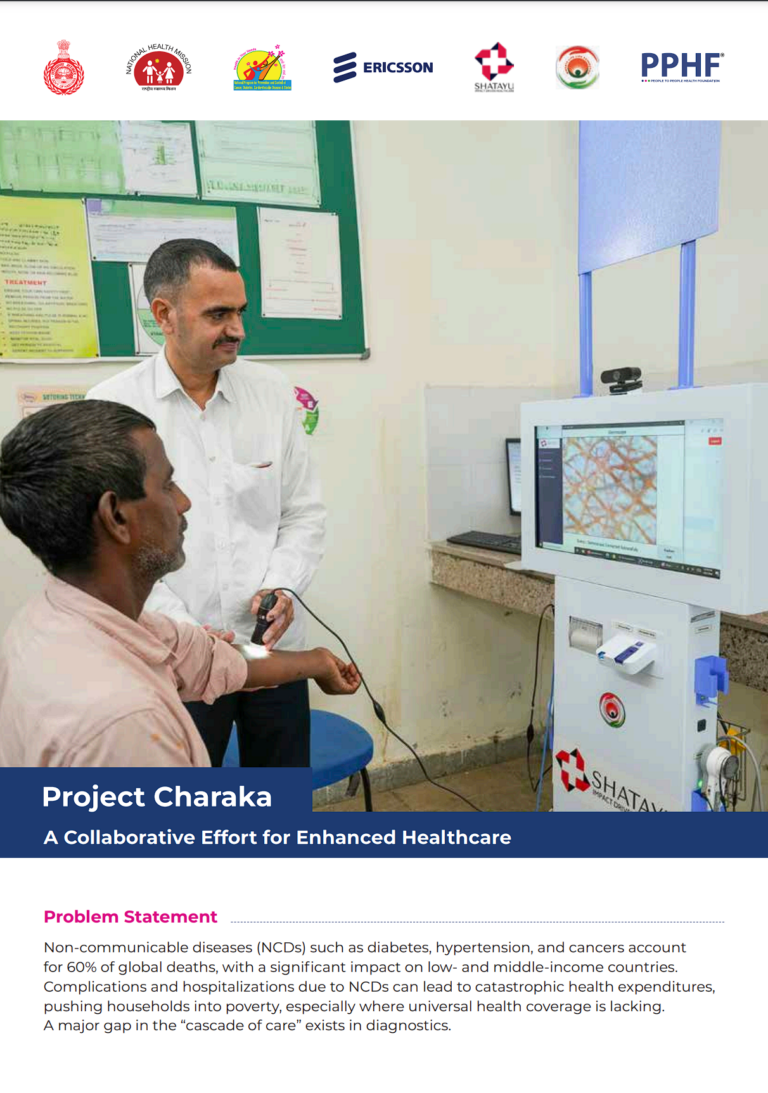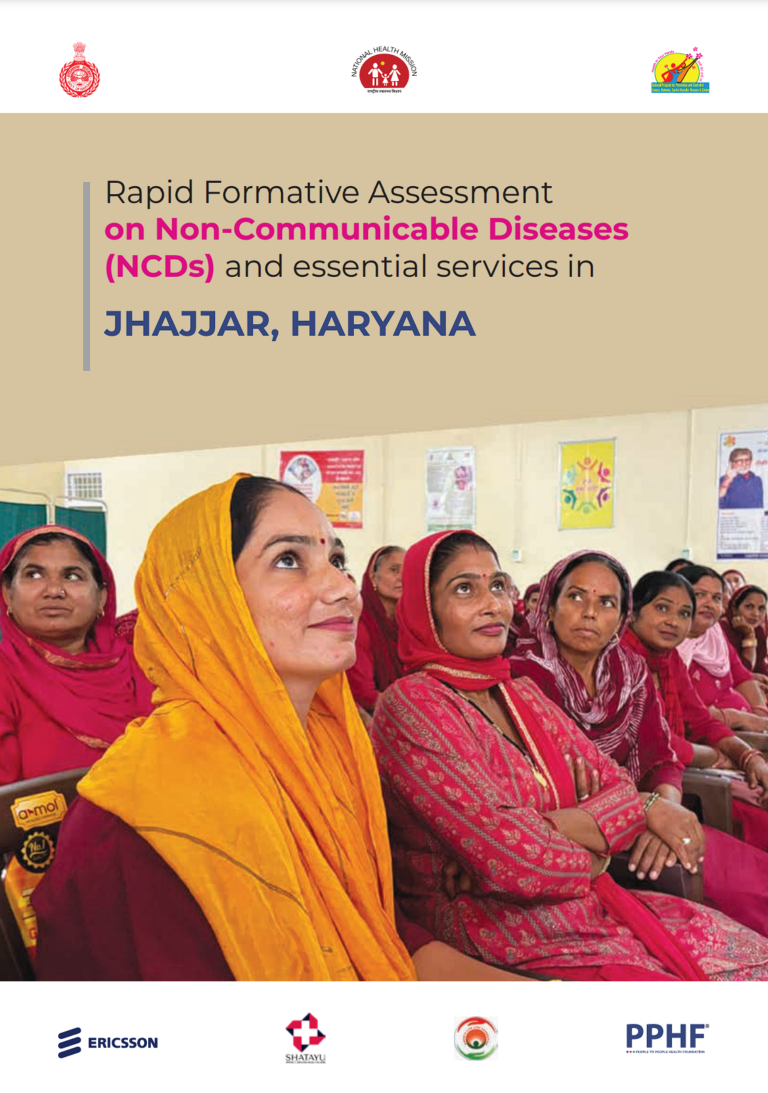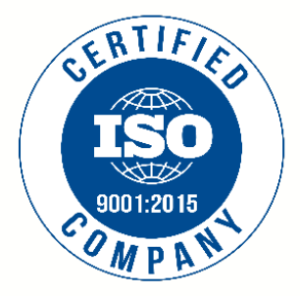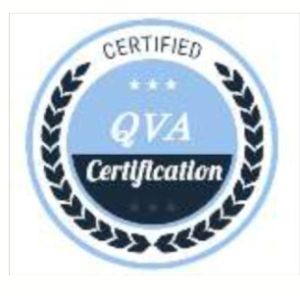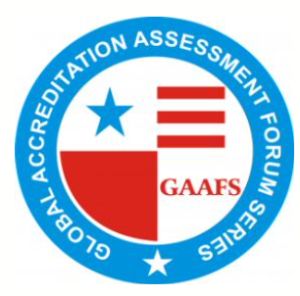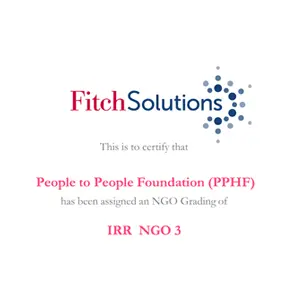Project Charaka
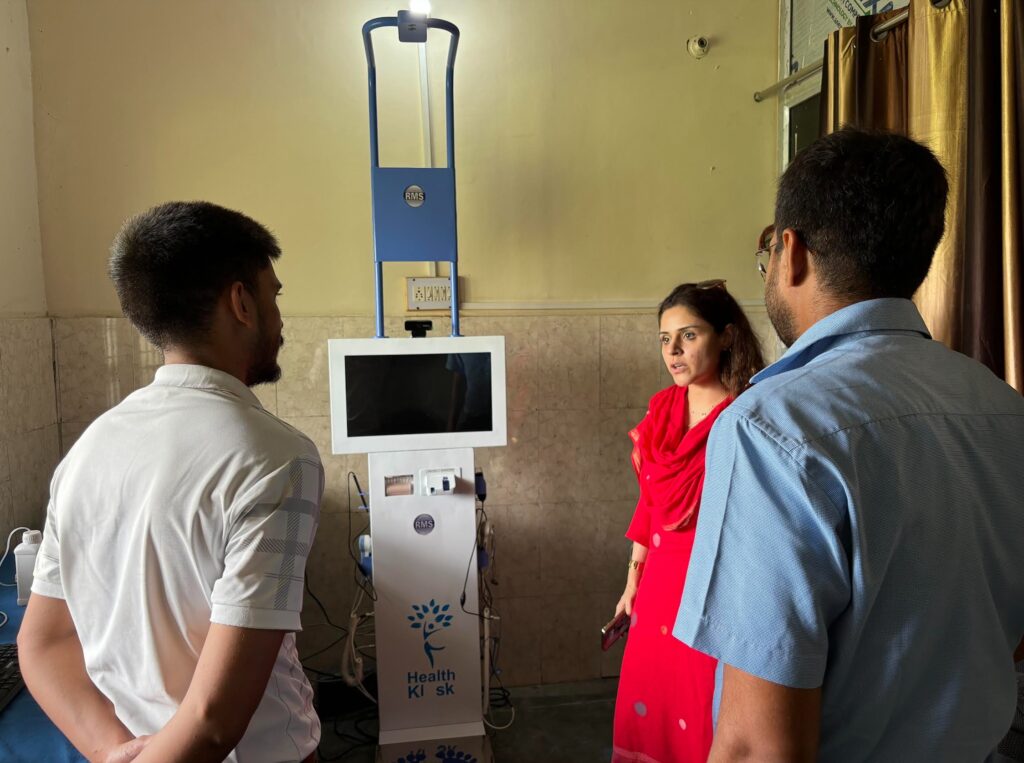
Key Data
1. Implementation Geography: Jhajjar, Haryana
2. Target Beneficiaries: Community members specially women above the age of 30
Major Activities:
- Understand the service delivery gaps in the ecosystem and develop action plan for NCDs
- Ensure comprehensive primary health care through PHC/HWC guideline implementation.
- Train and mentor health team at HWCs, PHCs and CHCs
- Support community outreach, population-based screening, and community awareness
- Upgrade the PHC/HWC as PoC diagnostics and support digitization of patient data.
- Integrate the patient data into government HMIS, store the data on blockchain.
- Monitoring and knowledge management
- Documentation and results dissemination
- Submit the project learnings to National Health Authority and seek their endorsement.
Non-communicable diseases (NCDs) such as diabetes, hypertension, and cancers pose significant threats to development, economic growth, and human health. NCDs cause approximately 35 million deaths annually, accounting for 60% of all deaths, with 80% occurring in low- and middle-income countries (LMICs). Complications and hospitalizations due to NCDs can lead to catastrophic health expenditures, pushing households into poverty, especially where universal health coverage is lacking. A major gap in the “cascade of care” exists in diagnostics.
People to People Health Foundation (PPHF) and ICMR-CiBiOD incubated startup Nirogya Lifeline Foundation (NLLF), with support from Ericsson CSR, are collaborating with the Jhajjar administration, Government of Haryana, to enhance community access to primary healthcare services and diagnostics, even during pandemics. Together, we are implementing a model to upgrade the primary healthcare system with AI-powered telehealth kiosks. Timely diagnosis and early identification of NCD risks will lead to prompt treatments, thereby gradually reducing morbidity and mortality from NCDs and government’s health expenditure burden.
Program Objectives
- Bridge the gap between health service delivery and uptake using appropriate tools and technologies.
- Improve knowledge and skills of healthcare providers at HWCs and PHCs.
- Enhance referral mechanisms.
- Document learnings to show the impact on health budgets through timely screening, treatment initiation, and referral.
- Advocate for policy strengthening and scale up of best practices.

